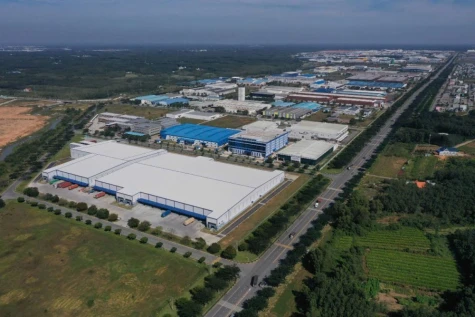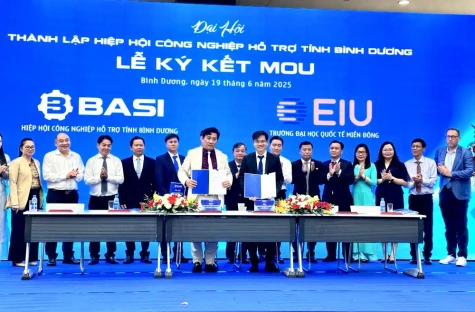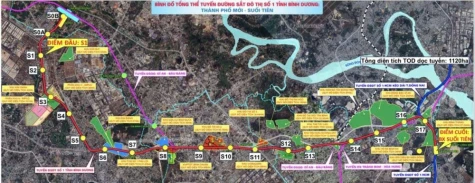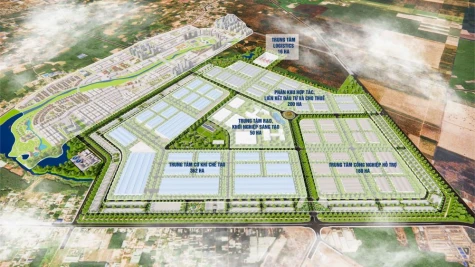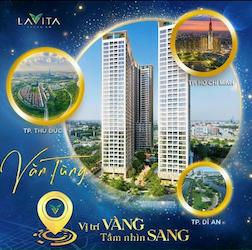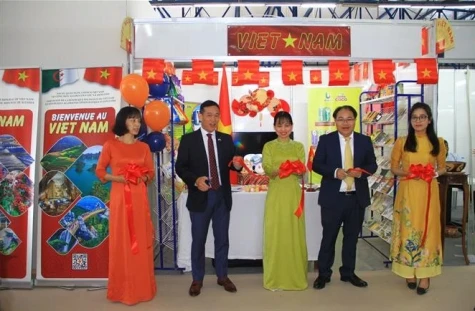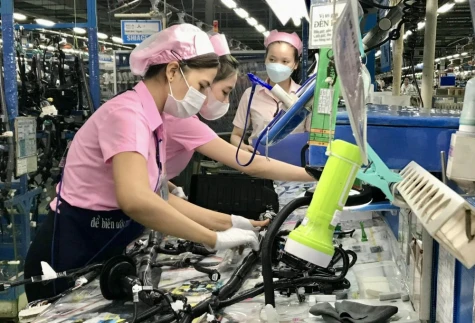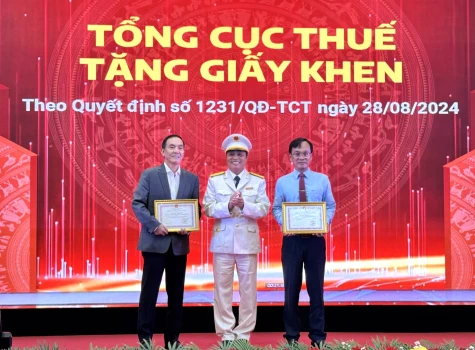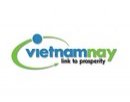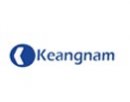In order to become a centrally-run city by 2030, Binh Duong is mobilizing resources to renovate and invest in construction, improve the quality of urban areas, and ensure that urban standards for a centrally-run city are met.

Efforts to soon complete the criteria of a class-one urban area
As of now, Binh Duong has one class-one urban area, one class-two urban area, three class-three urban areas, and five class-four urban areas. Currently, three of the class-three urban areas—Thuan An, Tan Uyen, and Ben Cat—are undertaking projects to upgrade to class-two urban areas. The urbanization rate in Binh Duong is nearly 85%.
Additionally, the Interdisciplinary Appraisal Council of the Ministry of Construction has unanimously approved the report reviewing the criteria for Thuan An City (expanded inner-city area), achieving an average score of 84.96 out of 100 points, with none of the five criteria scoring below the minimum standard. The Council also approved the assessment of urban infrastructure development in An Son commune, which is expected to become a ward of Thuan An City.
Currently, Provincial Department of Construction is organizing the establishment of an urban development program for the entire Binh Duong province. The Department of Construction has recommended that the Provincial People's Committee approve the establishment of an Urban Development Program with a timeline extending to 2030 and a vision for 2035, specifically for the cities of Thuan An, Ben Cat, and Tan Uyen. Additionally, the Department will continue to advocate for the approval of urban development programs in other urban areas to serve as a foundation for implementing the next steps.
According to the Department of Construction, Binh Duong's provincial planning for the period 2021-2030, with a vision extending to 2050, outlines the following goals: By 2030, Binh Duong aims to become a centrally-governed city and is projected to be classified as a class-one urban area. The urban areas expected to meet the criteria for class-one classification by 2030 include Thu Dau Mot, Thuan An, and Di An. Additionally, Ben Cat and Tan Uyen are expected to achieve class-two urban area status, while Bau Bang district aims to meet the criteria for class-four urban area classification.
Currently, in the standards of a centrally-run city as prescribed, Binh Duong has 2 conditions that are not yet met, which are the criteria on population density that are not yet at the minimum level to ensure meeting the criteria for a class-one urban area. The second condition is the ratio of districts, towns, and cities under the central government from 60%. Currently, Binh Duong only has 5 cities/9 district-level administrative units, only reaching 55.6%.
“Following a review of the assessment of Bau Bang district based on the criteria for a class-four urban area, it has been determined that the current population density does not meet the minimum requirements set forth for this classification. The Department of Construction has reported to the Provincial People's Committee regarding the preparations necessary for Binh Duong province to achieve the status of a centrally-run city by 2030. Additionally, efforts are underway to develop a project aimed at ensuring Bau Bang district fulfills the criteria for a class-four urban area before 2030, thereby enabling the province to satisfy the conditions required for a class-one urban area," said Mr. Huynh Pham Tuan Anh, Deputy Director of the Department of Construction.
Upgrade residential infrastructure
According to Mr. Huynh Pham Tuan Anh, although the urbanization rate of the province is quite high, the urban quality is not commensurate with development speed of the province and housing needs of the people. The infrastructure system of residential and housing areas in the province exhibits a lack of uniformity. Many areas have either not received adequate investment or, if they have, the investments do not meet the required standards. The Department of Construction has recommended that the Provincial People's Committee present a resolution to the Provincial Party Committee. This resolution aims to address the renovation and upgrading of essential technical infrastructure in both urban and rural residential areas by the year 2030.
Binh Duong builds and develops urban areas with the view of promoting the combined strength of the entire political system and mobilizing all resources in the work of beautifying, renovating, and upgrading the quality of urban and rural areas associated with effectively implementing the policy of "State, enterprises and people working together". On that basis, gradually change the mindset in perception and action, gradually change and form people's habits and lifestyles to be more and more neat, tidy, civilized, and polite; resolutely rectify, promptly and strictly handle cases of improper land use, unlicensed and illegal construction that lead to the formation of substandard residential areas, housing areas, and boarding houses...
Binh Duong has been mobilizing maximum resources, especially socialization, to invest in upgrading and beautifying urban areas; focusing on building a traffic system in major gateway areas, connecting with Ho Chi Minh City, in which focusing on investing in connection points with Ho Chi Minh City, Dong Nai province, traffic intersections connecting with Thu Duc City and Di An City to develop urban areas and attract investment in science - technology, services, training of high-quality human resources...
"Binh Duong is striving to achieve the goals of Action Program No. 112/CTr-TU dated March 22, 2023 of the Provincial Party Committee on implementing Resolution No. 06-NQ/TW dated January 24, 2022 of the Politburo on planning, construction, management and sustainable development of Vietnamese urban areas to 2030, with a vision to 2045; effectively implementing urban development and upgrade work, contributing to improving the quality of urban areas so that people can best enjoy the achievements in the urbanization process..." (Mr. Huynh Pham Tuan Anh, Deputy Director of Provincial Department of Construction) |
Reported by Phuong Le - Translated by Ngoc Huynh








